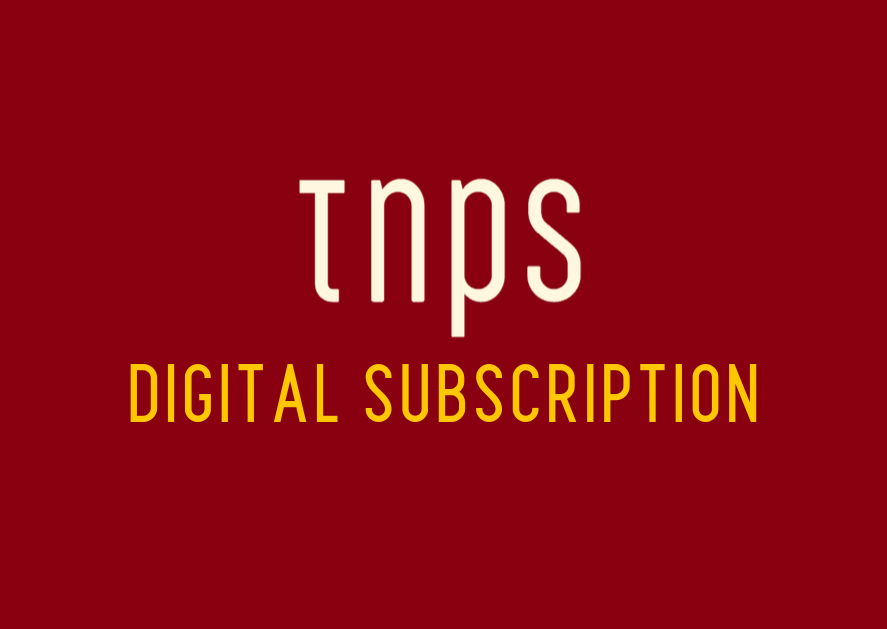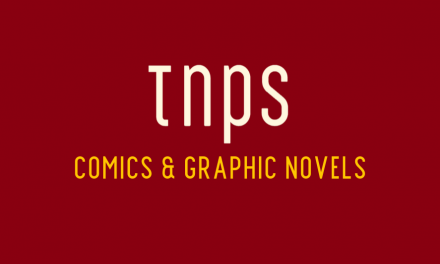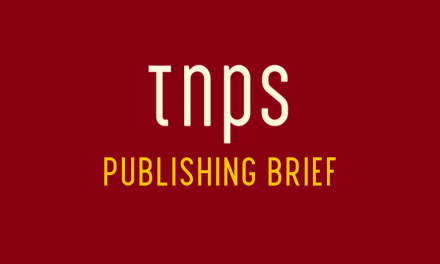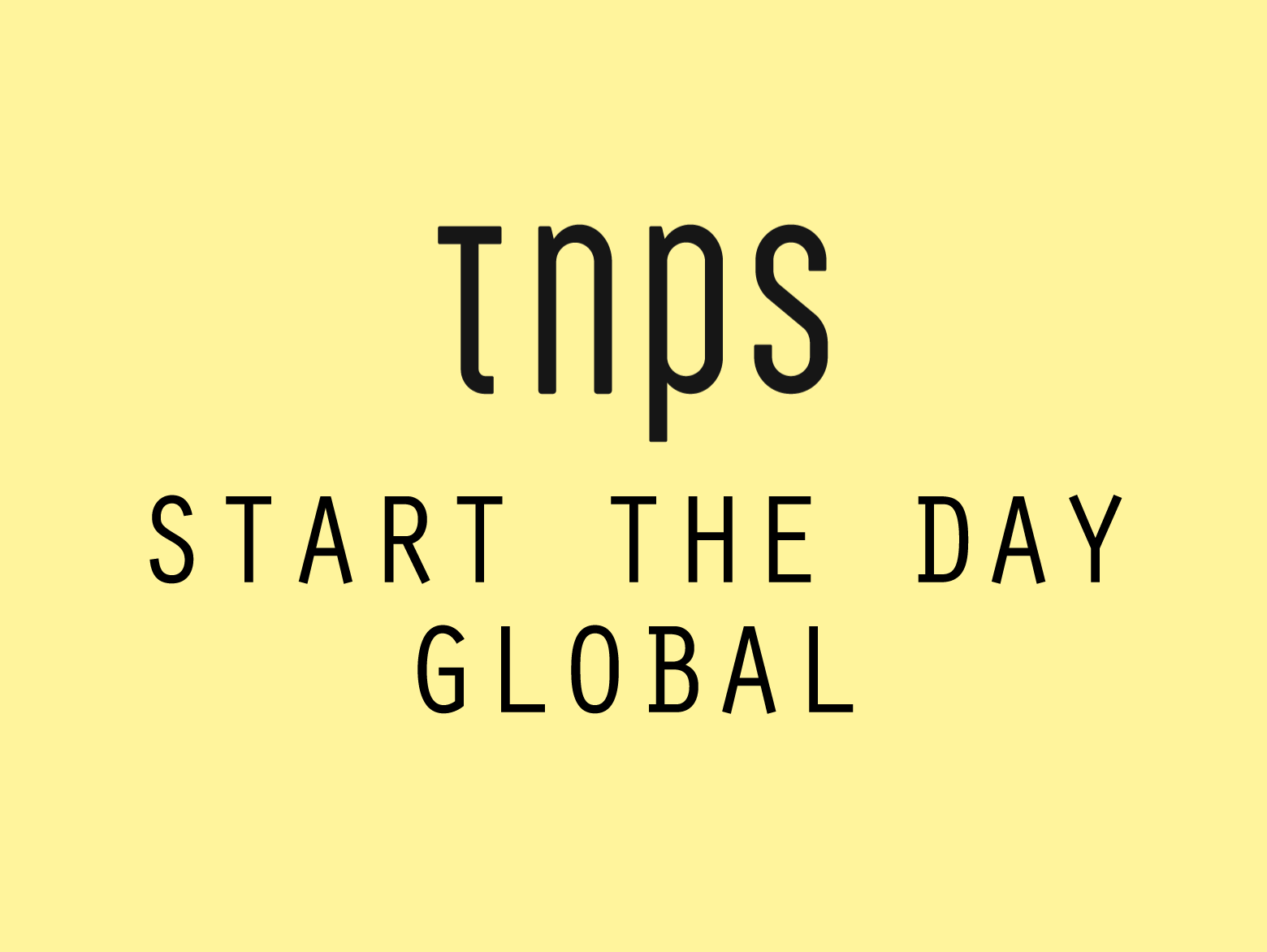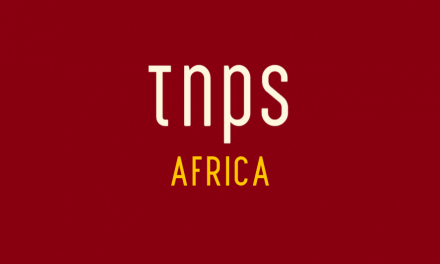But as the subscription screws tighten, so publishers will have to rethink their resistance to digital, because at the end of the day the publishers serve the consumer, not the other way around.
Unlimited digital subscription books is a bit like climate change. We all know it’s happening. But not in our lifetime. It will affect everyone else. But not us. It‘s someone else’s problem. Not ours. Except it is happening in our lifetime, and like a gradual incoming tide creeping around behind us as we stand on the moral high ground complacently looking the other way, it will suddenly be upon us.
This summer sees the incoming unlimited subscription tide slowly lapping at our toes, with at least three new “Subscription+s” launching or pending.
“Plus” being the subscription industry’s favourite label right now. Disney+, CNN+, Kobo+, Pearson+, Audible+, Discovery+, TNPS+… No, not the last one. Promise! But you get the picture. Subscription+ is the new black, and this week three of those +s are publishing ventures in the headlines.
Today, a look at Pearson+, the newly launched digital textbooks arm of the publishing titan Pearson. Dedicated coverage of new developments with Audible+ and Kobo+ to follow.
What’s significant about Pearson+, apart from the oh-so-original name, is the audience. 1,500 ebooks may not sound like an exciting books platform, but we are here talking digital textbooks, always up to date and extremely interactive. Multi-media interactive in fact, with “notetaking features and audiobooks”, aimed at the lucrative US student market (10 million students), for between $9.99 and $14.99 depending on your needs. (USA only at this stage, but international roll-out to follow.)
According to CEO Andy Bird the new Pearson+ unlimited consumption app will,
reimagine the student learning experience (and) fundamentally change the way (students) buy and experience college textbooks.
Of course Pearson was selling print textbooks before digital, so how is it gaining?
Well, second-hand books are the elephant in the publishing room when it comes to nonsensical debates about piracy. If someone copies a book and sells it that’s bad because the author and publisher don’t get paid by the next consumer. But if the book is sold secondhand the author and publisher still don’t get paid by the next consumer. Or the one after that, or the one after that. And because secondhand books are so much cheaper than new books many, many consumers head for the secondhand shop instead of the “real” bookstore.
When it comes to secondhand textbooks, where “new” prices are sky high and the consumer is especially cash-strapped, secondary sales hit academic and education publishers hard. Pearson stated this past week that 14 million book sales are lost to the secondary market.
It doesn’t just hurt the publisher and author, but also the student because the secondhand books are more likely to be out of date or damaged in some way.
Digital books by contrast, are pristine condition every time, as up to date as the publisher can be bothered to make them, and impervious to wine stains and spliff burns, and with much lower production, warehousing and distribution costs meaning they can, publisher-willing, be less expensive than their print counterparts.
But it’s not just about being more up to date, less wine-stained and maybe shaving a few dollars off the book budget. It’s about something much more significant, than most mainstream publishers strenuously refuse to acknowledge.
Andy Bird again:
(Pearson+) finally brings textbooks into the realm of consumer media, and provides learning experiences that look and feel like the content experiences students associate with music and entertainment.
Just in case we still haven’t got that, Bird adds,
For the first time, we’re bringing e-books in line with how students buy and experience the rest of their content.
And therein lies the bigger picture here: the way consumers buy and experience the rest of their content. The rest of their content, that is, except books, because so many mainstream publishers are betting against the tide and clinging to the moral high ground that is à la carte print book retail, using classic PublishThink logic and strategies that have been used to keep progress at bay these past decades.
While consumers inexorably shift from à la carte consumption of music, film and TV, newspaper and magazines to an unlimited subscription model, increasing overall consumption as they do so, many mainstream book publishers load digital book prices to protect vested print interests, hold back frontlist titles from digital services, and generally do all they can to dictate consumer format choice.
The problem being today’s Pearson+ unlimited subscription students, like today’s kids using unlimited digital children’s books platform Epic –
are tomorrow’s regular book buyers that will expect the books they want to be available on the subscription book platforms they will be signing up to.
For now, publishers have the upper hand. There’s a reason I don’t subscribe to Kindle Unlimited or Scribd for my ebooks. It’s not because I prefer print. It’s because so many of my favourite authors are unavailable because the publishers refuse to offer that choice.
When publishers assure us consumers prefer print it’s all too often not about consumer preference but consumer choice and consumer economics. Put the price of a digital book equal to or above the print price and of course ebook sales plummet. But it has very little to do with consumer preference and everything to do with consumer economics.
By refusing to put books into unlimited subscription services, or holding back frontlist titles or big name authors, publishers consciously limit the success of the subscription market, just as by raising ebook prices they consciously depress the ebook market.
But as the subscription screws tighten, so publishers will have to rethink their resistance to digital subscription, because at the end of the day the publishers serve the consumer, not the other way around.
Pearson understands that.

